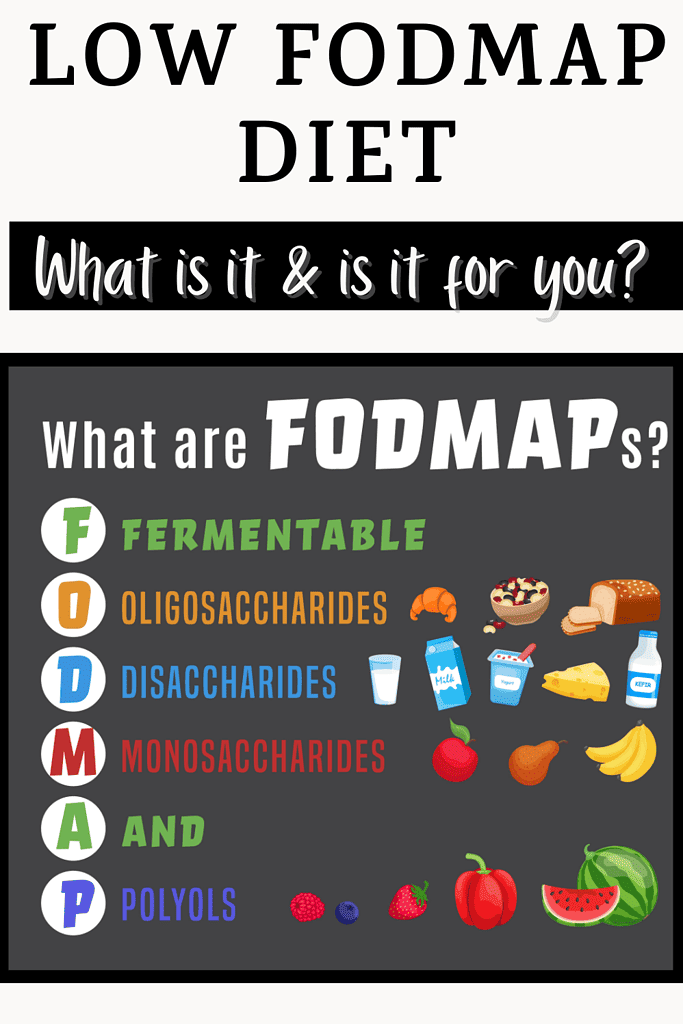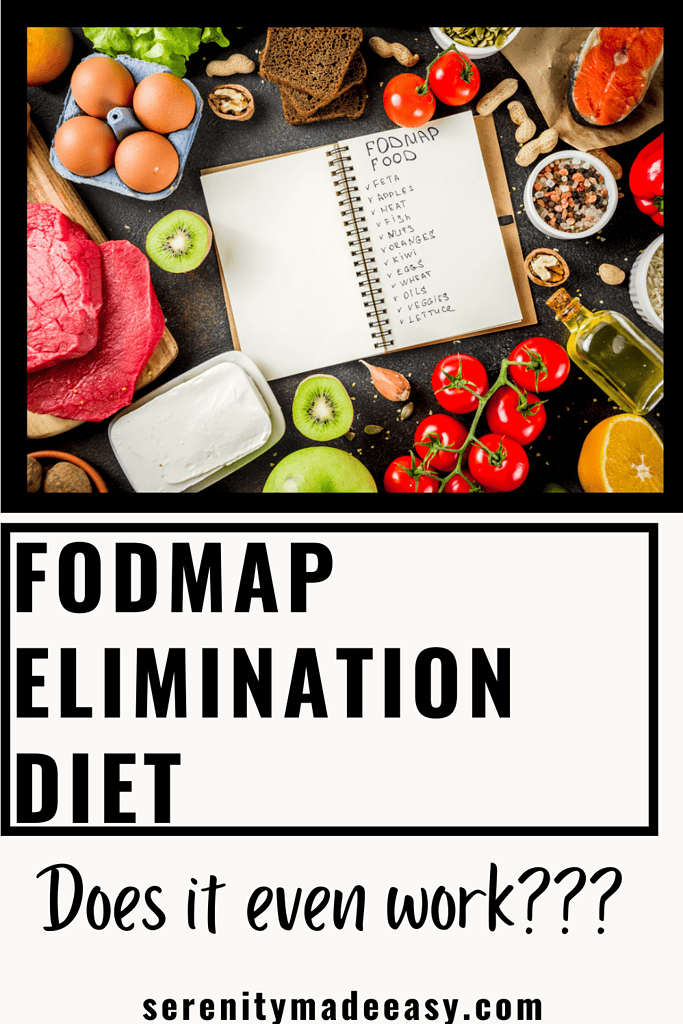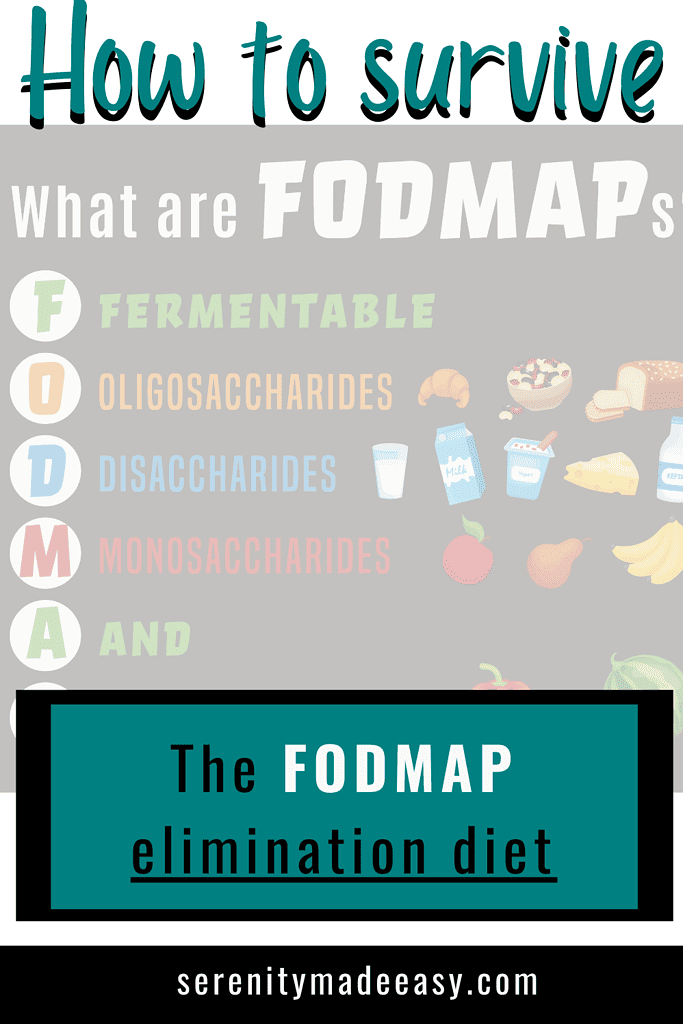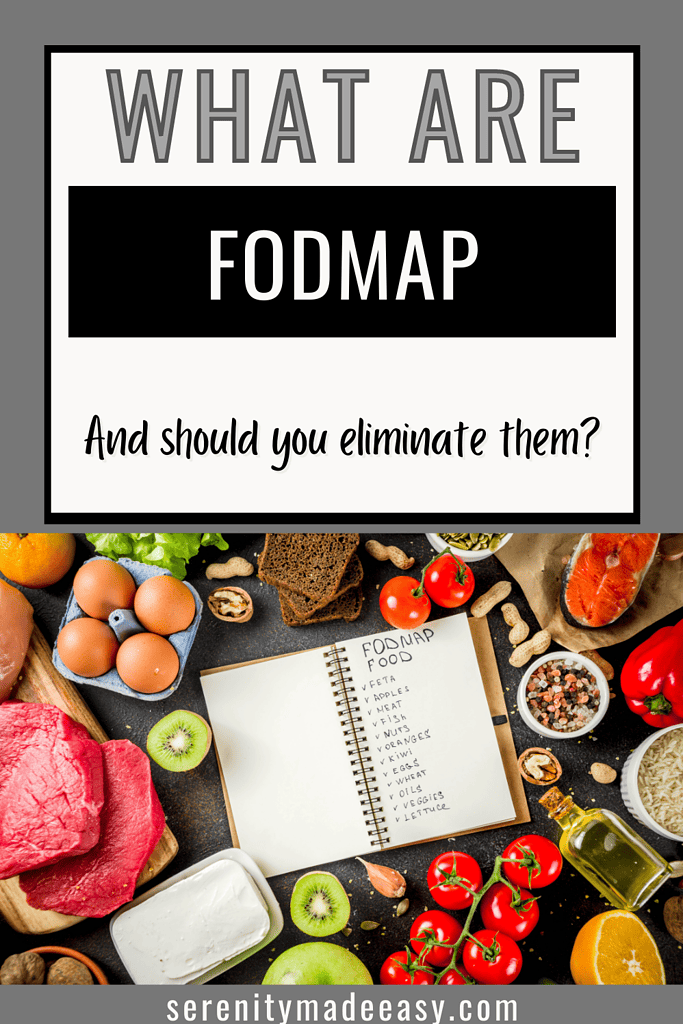This post may contain affiliate links. If you click one and make a purchase, I earn a small commission at no extra cost to you. It helps support the site so I can continue to offer great content to you!
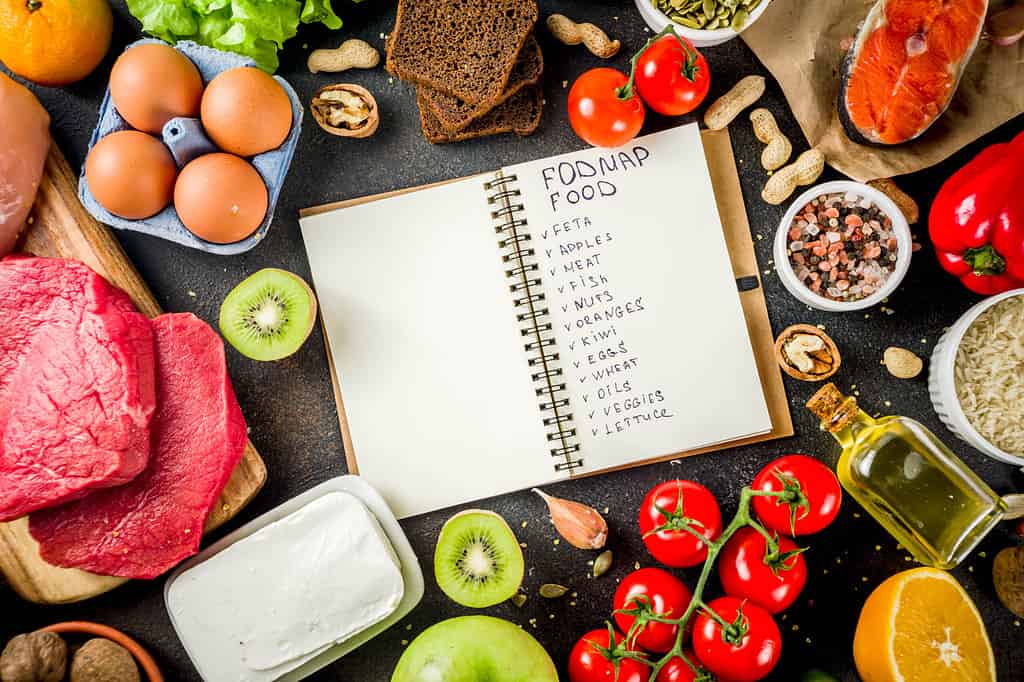
I have had digestive issues for as long as I can remember. Constipation, bloating, diarrhea, stomach ache, you name it. I had all the unpleasant symptoms. One day in 2020, I had a violent reaction after eating at a restaurant. I decided enough was enough. It was time to seek professional advice. In this article, I will share how I came to learn about the low FODMAP elimination diet and my best tips if you want to attempt it.
What is a FODMAP?
FODMAP stands for fermentable oligosaccharides (fructans and GOS), disaccharides (lactose), monosaccharides (fructose), and polyols (sorbitols and manitols). They are short-chain carbohydrates (sugars) that the small intestine absorbs poorly. Some people struggle with these food items and are left with unpleasant symptoms such as:
- Constipation
- Diarrhea
- Bloating
- Gaz
- Stomach pain
Medical professionals often recommend the FODMAP elimination diet to people suffering from these symptoms.
Here are just a few examples of food items falling into each category.
| Fermentable | Oligosaccharides (Fructan and GOS) | Disaccharides (Lactose) | Monosaccharides (Fructose) | Polyols (Sorbitol & Manitol) | |
| Sourdough | Asparagus | Kefir | Grapes | Celery | |
| Kombucha | Brussel Sprouts | Milk | Mango | Corn | |
| Kimchi | Onion | Yogurt | Baked beans | Mushrooms | |
| Sauerkraut | Zucchini | Avocado | |||
| Banana | Nectarine | ||||
| Raisins | |||||
| Almonds |
What is the FODMAP elimination diet?
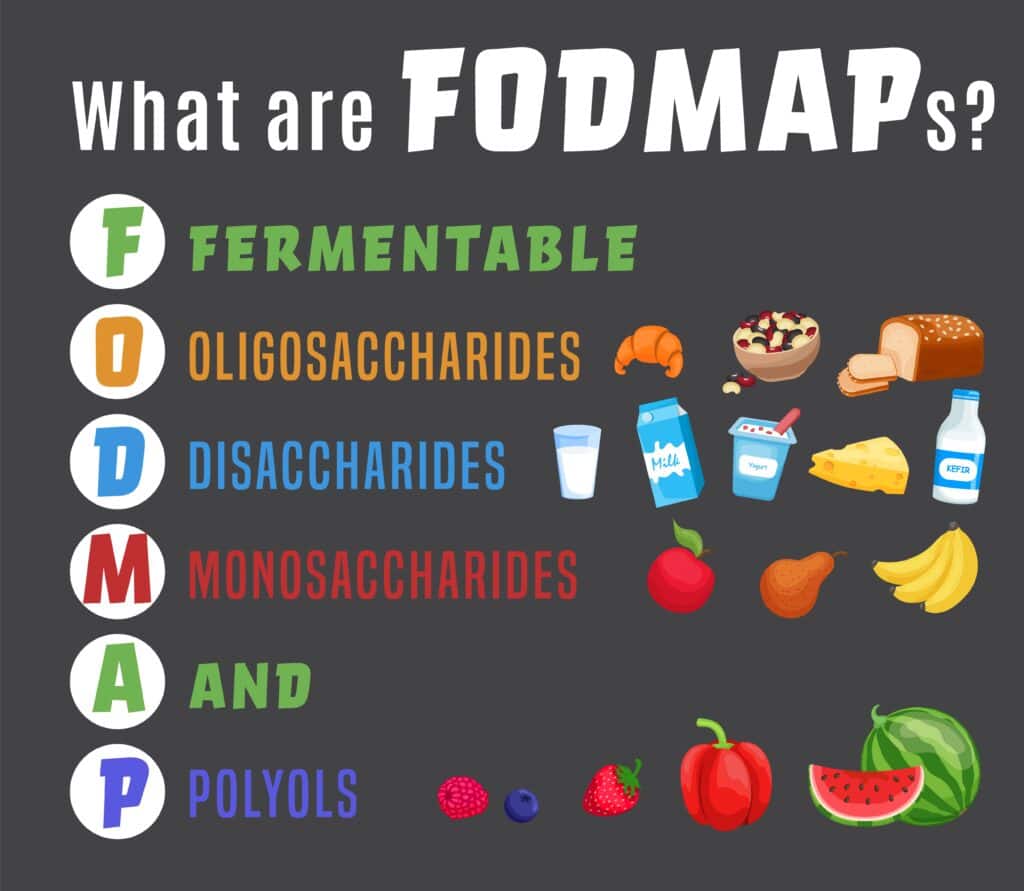
At a high level, the process consists of eliminating all food containing FODMAP for an extended period and methodically reintroducing them one at a time.
By doing so, the individual can pinpoint exactly which foods trigger discomfort.
The diet itself is not easy. Consult with your doctor before attempting to go through this on your own. You can read my story below and what ultimately brought me to the low FODMAP elimination diet.
Although the experience is difficult, the process is quite simple.
- Eliminate all high FODMAP food for 2-6 weeks. You want to completely eliminate all of your discomforts before moving to step 2.
- Over about 4 weeks, reintroduce one FODMAP at a time, one food at a time, over 3 days. For example, if you are testing fructose, you could use grapes as your test food. Every day, over 3 days you will increase the amount of grapes you will eat in one seating. Note the symptoms to see if you react to this FODMAP.
- Personalize your diet to include the FODMAP you can tolerate and adjust the level (or eliminate) of those that are more difficult on your digestion.
My story
When I was young
Going all the way back to my teenage years, I remember dealing with constipation and stomach pain from time to time.
I drank lots of water, ate prunes, and even used over-the-counter products to help with the issue. I has phases where things were better and then it got bad again.
During my 20s, I started to experience diarrhea. Sometimes “urgent” diarrhea. I tried to keep track of the food I ate but could never really pinpoint what was my problem.
I alternated between the two extreme states (D & C) and just never knew what the day would bring from a digestive state.
As I got older
In my early 30s, I finally tied my urgent diarrhea with eating at my favorite sushi restaurant. I started wondering if I was allergic to fish. However, we had fish at home at least once a week and I never had a problem.
This continued throughout my 30s without much change.
Finally, about 10 years later during the early days of the pandemic, I had a breakthrough. Soy was causing my urgent reaction! I realized it after joining in on the tofu scramble trend. It also explained why I was sick each time I ate at the sushi restaurant, it was the soy sauce!
The event that changed everything
About two months later, we went out to eat with a group of friends. It was one of those small plates restaurants where you order multiple small plates and share food with others.
My husband and I shared the same food. Toward the end of the meal, I had one of my “urgent” moments.
I rushed to the bathroom. Things were bad. I was feeling horrible. To the point where I could not stay for dessert. I walked back to the table and announce I had to leave and ask our friends to bring my hubby back home so he could finish the meal with them.
When I walked out of the restaurant and everything went dark. I was able to spot a bench. I sat down and texted my husband I needed help and could not get myself home. He came running out and helped me walk to the parking garage. Suddenly, I vomited everywhere in the garage. Before you ask, no I wasn’t over-served. I had one glass of wine.
Eventually, he got me home and I felt fine again. The next morning, I made an appointment with an allergist and a gastroenterologist. I needed answers.
Pro tip: Most gastroenterologists’ offices require a referral. Discuss your situation with your primary physician to have them write up a referral.
The diagnosis
The allergist was able to confirm my soy allergy. They also surprised me with shocking news. I was also allergic to legumes, peanuts, and several tree nuts.
Dairy which had been a longtime suspicion did not show up as an allergy even though it clearly troubled me.
The gastro Dr. ordered a celiac disease test. The test came back negative. That wasn’t surprising to me. I never suspected gluten. One good piece of news!
The next step was to undergo a pleasant colonoscopy to rule out any serious conditions such as Crohn’s disease. The results showed nothing concerning.
At that point, the conversation turned to IBS. I had irritable bowel symptoms like 5-10% of the adult population.
Low FODMAP elimination diet
The gastroenterologist referred me to a registered dietician on his staff. She introduced me to the FODMAP concept. I started the elimination journey in the fall of 2020.
It took me about 3 months to complete the process. I was able to pinpoint exactly what are my triggers.
When I eat according to my personalized plan, I feel great.
However, I’m not perfect. I eat plenty of things “I shouldn’t”. The difference is that I know what is causing me discomfort.
Some of the most shocking discoveries included mushrooms and avocados. Two foods that I LOVE. But, I have to eat them in great moderation.
Tips for the FODMAP elimination diet
- Work with a professional. This is a confusing process. You will want to have someone you can ask your many questions to.
- Download the FODMAP app on your smartphone. This app was created by the Monash University. It is a phenomenal tool I still use all the time.
- Research FODMAP before you get started. Understand what all you will need to cut out in the elimination phase.
- If you are a visual person, create a combined list of all food to cut out. I found that helpful in the early days.
- With your new understanding, find recipes and products that you will be able to use during this time.
- Read labels. FODMAPs are everywhere. For example, garlic and onion are in most broths and soups.
- Stock your fridge and pantry with low-FODMAP food. The elimination phase is difficult, you want to have items easily available that are “approved”.
- When you reintroduce food, be aware and mindful of FODMAP stacking. This is when you eat the correct amount of a food containing a FODMAP that bothers you but you also eat another food with the same FODMAP. Individually they would have been okay. But combining them in the same meal puts you in the high FODMAP category.
- Keep track of your symptoms. Generally speaking, any symptoms occurring within 4 hours of eating the food are likely related.
- Although you might finally feel good on the low FODMAP diet, this is not a forever diet. You need to create a customized plan for yourself that allows you to eat a wider variety. Remember that even if a certain FODMAP bothers you, you can still eat a low amount of it during each meal.
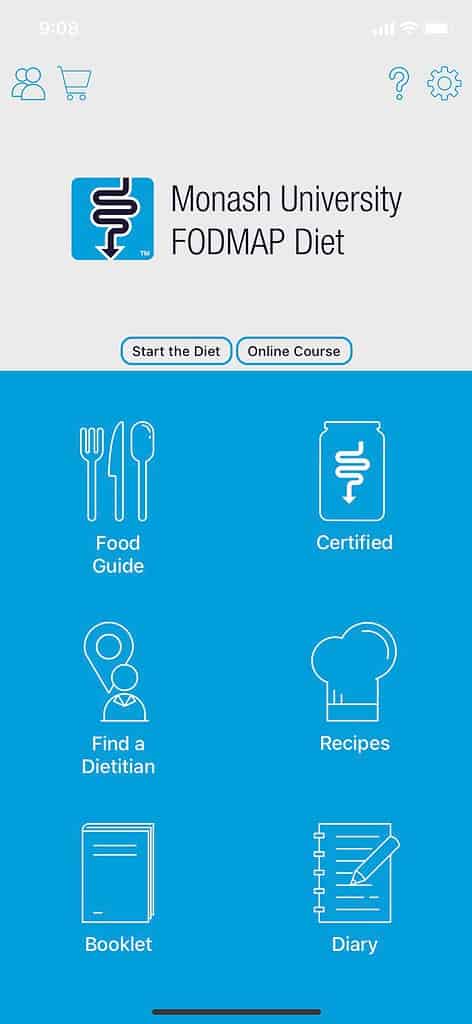
Some of my favorite snacks during the elimination phase were: clementines, blueberries, oranges, carrots, and olives.
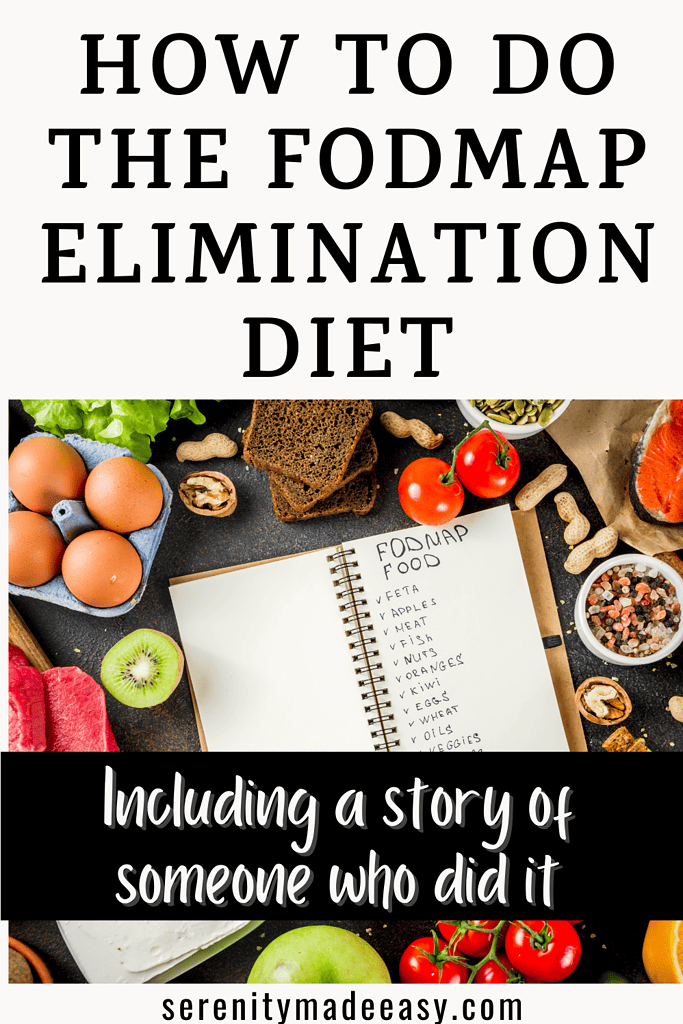
In conclusion
You do not have to deal with painful and frustrating digestive problems. Talk to your Doctor to understand if the FODMAP elimination diet is for you. I was amazed at how well I felt once I understand how to eat for my unique body.
I wanted to share my experience with others that are in a similar situation. Eliminating the FODMAPs that triggered me has been life-changing and it might just be for you as well.
Let me know if you have questions I didn’t answer above and best of luck if you decide to embark on this journey.
Cat xx
